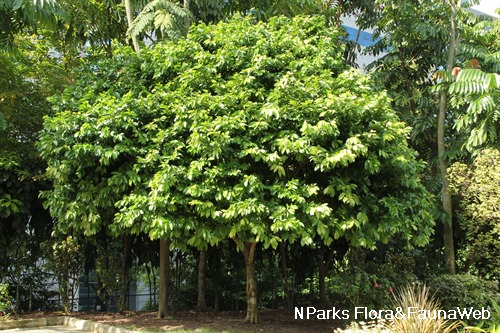
Back
Cynometra ramiflora L.
| Family Name: | Fabaceae (Leguminosae) |
| Common Name: | Katong Laut, Belangkan, Kangkatung Bukit, Kangkatong Laut |
Cynometra ramiflora or Katong Laut is a tree that grows to 25 m tall. It has compound asymmetrical leaves, young flushes of leaves are pinkish to beige coloured and pendulous. Flowers are small, white, borne on the axils, the fruit is a 1-seeded pod with roughened or wrinkled surface.
Name
Classifications and Characteristics
| Plant Division | Angiosperms (Flowering Seed Plants) (Dicotyledon) |
|---|---|
| Plant Growth Form | Tree (Medium (16m-30m)) |
| Lifespan (in Singapore) | Perennial |
| Plant Shape | Rounded, Umbrella |
| Maximum Height | 25 m |
Biogeography
| Native Distribution | From India, and throughout Southeast Asia (including Singapore) to the Pacific islands |
|---|---|
| Native Habitat | Terrestrial, Shoreline (Mangrove Forest) |
| Preferred Climate Zone | Tropical |
| Local Conservation Status | Native to Singapore (Critically Endangered (CR)) |
Description and Ethnobotany
| Growth Form | It is a tree, up to 25 m tall. |
|---|---|
| Crown | It has a rounded, umbrella-shaped crown. |
| Foliage | Leaves are compound pinnate, smooth, young flushes of leaves are pinkish to beige coloured and pendulous. Leaflets are asymmetrical, leathery, oval to lance-shaped, measured 10 - 13 cm long by 4 - 6 cm wide. Petioles and leaflets has a corky to swollen base. |
| Flowers | Flowers are small, white, smooth, borne on an inflorescence along the axils. The flower has multiple stamens of up to 13, curving upwards, |
| Fruit | The fruit pod is 1-seeded, elliptic to almost round, brown with a roughened or wrinkled surface measuring 3 - 4 cm by 2 - 3 cm. |
| Habitat | Occurs in the mangrove forest, inland up to altitude of 400m |
| Associated Fauna | It is the food plant for the caterpillars of the moth, Carea costiplaga. Its flowers are pollinated by insects. |
| Cultivation | It can be propagated by seed. |
| Etymology | The genus epithet, Cynometra refers to the Greek word, kuno-metron meaning dog matrix, in reference to the fruit pods. The species epithet, ramiflora translates to bearing flowers on branches. |
| Ethnobotanical Uses | Timber & Products: The dark-brown, heavy and hard timber is used to make door-posts, or for construction locally, because it is found only in small quantities. |
Landscaping Features
| Landscaping | It is suitable for planting along roadsides and gardens as a shade-providing tree. |
|---|---|
| Desirable Plant Features | Ornamental Foliage |
| Landscape Uses | General, Suitable for Roadsides, Parks & Gardens, Small Gardens, Coastal, Beachfront / Shoreline, Shade Providing Tree / Palm |
Fauna, Pollination and Dispersal
| Fauna Pollination Dispersal Associated Fauna | Caterpillar Moth Food Plant |
|---|---|
| Pollination Method(s) | Biotic (Fauna) |
| Seed or Spore Dispersal | Abiotic (Water) |
Plant Care and Propagation
| Light Preference | Semi-Shade, Full Sun |
|---|---|
| Water Preference | Moderate Water |
| Plant Growth Rate | Slow |
| Rootzone Tolerance | Moist Soils, Well-Drained Soils, Saline Soils / Salt Spray |
| Propagation Method | Seed |
Foliar
| Foliage Retention | Evergreen |
|---|---|
| Mature Foliage Colour(s) | Green |
| Mature Foliage Texture(s) | Leathery |
| Prominent Young Flush Colour(s) | Pink |
| Foliar Type | Compound (Even-Pinnate) |
| Foliar Arrangement Along Stem | Alternate |
| Foliar Attachment to Stem | Petiolate |
| Foliar Shape(s) | Non-Palm Foliage (Lanceolate, Ovate) |
| Foliar Venation | Pinnate / Net |
| Foliar Margin | Entire |
| Foliar Apex - Tip | Acute, Rounded |
| Foliar Base | Oblique / Asymmetrical |
| Leaf Area Index (LAI) for Green Plot Ratio | 3.0 (Tree - Intermediate Canopy) |
Non - Foliar and Storage
| Stem Type & Modification | Woody |
|---|---|
| Root Type | Underground (Tap Root) |
Floral (Angiosperm)
| Flower & Plant Sexuality | Bisexual Flowers , Bisexual Flowers |
| Flower Colour(s) | White |
|---|
| Flower Grouping | Cluster / Inflorescence |
| Flower Location | Axillary |
| Flower Symmetry | Bilateral |
| Inflorescence Type | Raceme |
| Flowering Habit | Polycarpic |
Fruit, Seed and Spore
| Mature Fruit Colour(s) | Brown |
|---|---|
| Mature Fruit Texture(s) | Wrinkled, Rough |
| Fruit Classification | Simple Fruit |
| Fruit Type | |
| Seed Quantity Per Fruit | Few (1-5) |
References
| References | Tan, P.Y., R.T. Corlett and H.T.W. Tan (Editors). 2010. A Field Guide to the Native Garden @ HortPark: an Urban Oasis of the Native Flora and Fauna of Singapore. Singapore: Centre for Urban Greenery and Ecology (National Parks Board) and National University of Singapore. 124pp Tomlinson, P.B. (2016). Family: Fabaceae (Leguminosae) (eds) In: Tomlinson, P.B. The Botany of Mangroves, pp.251-254. Cornwall: Cambridge University Press. |
|---|
Image Repository
Others
| Master ID | 1541 |
|---|---|
| Species ID | 2834 |
| Flora Disclaimer | The information in this website has been compiled from reliable sources, such as reference works on medicinal plants. It is not a substitute for medical advice or treatment and NParks does not purport to provide any medical advice. Readers should always consult his/her physician before using or consuming a plant for medicinal purposes. |

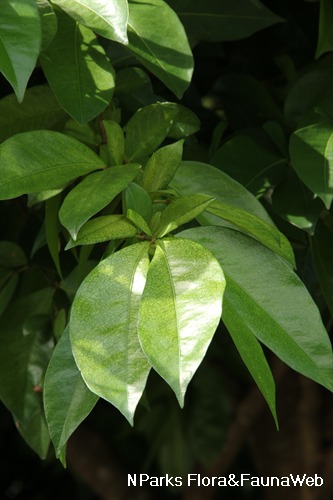
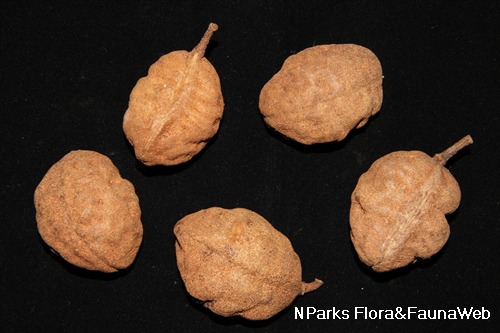
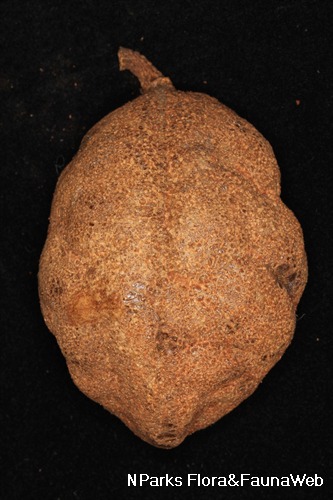
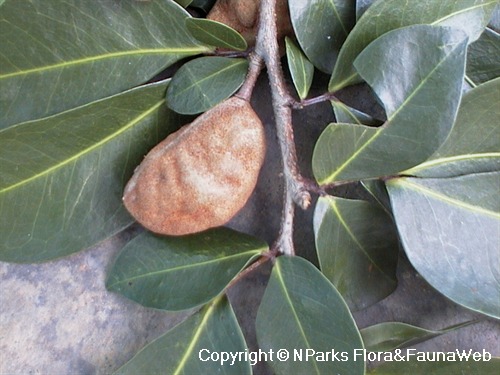
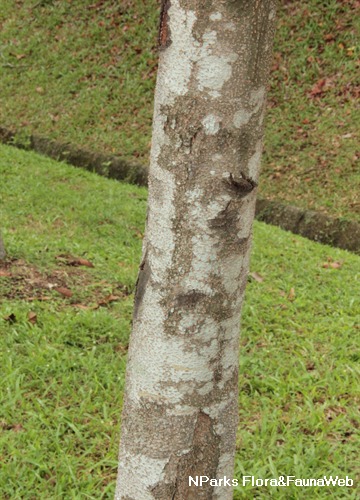
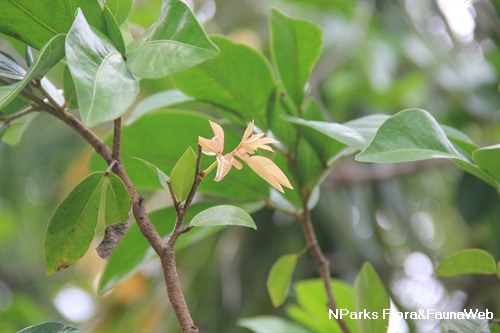
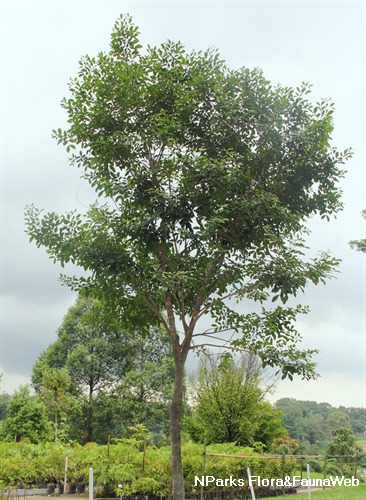
_lowres.jpg)